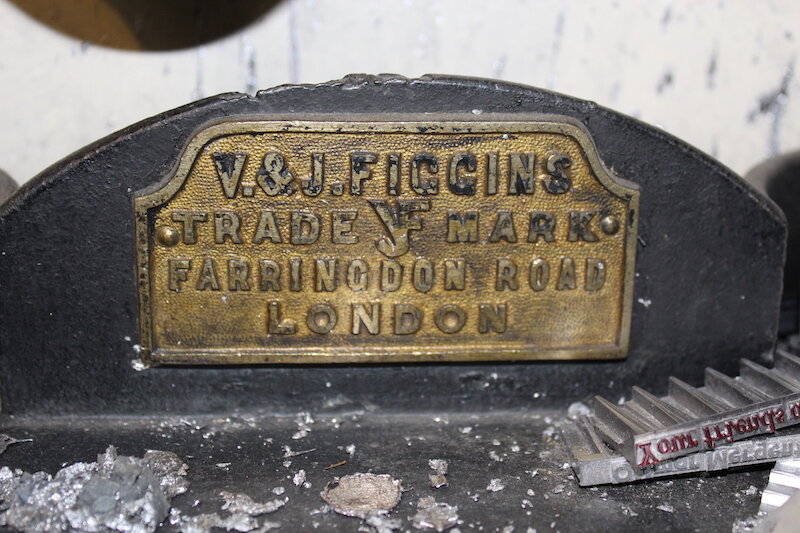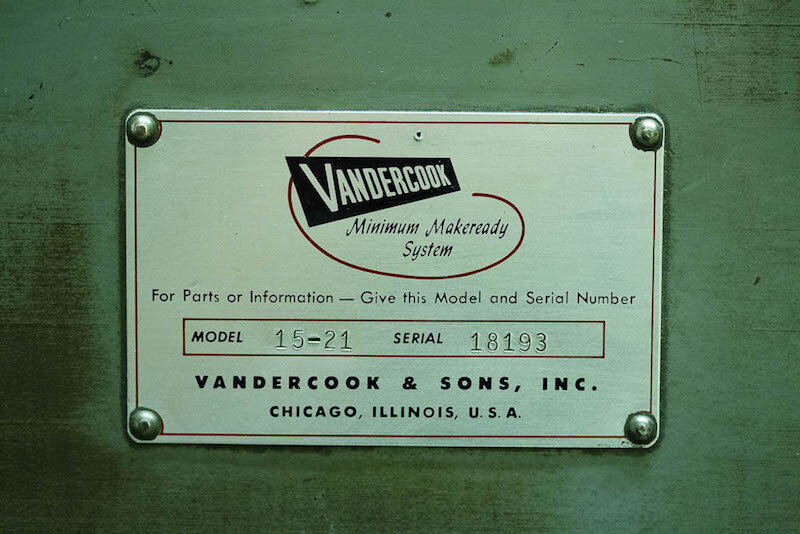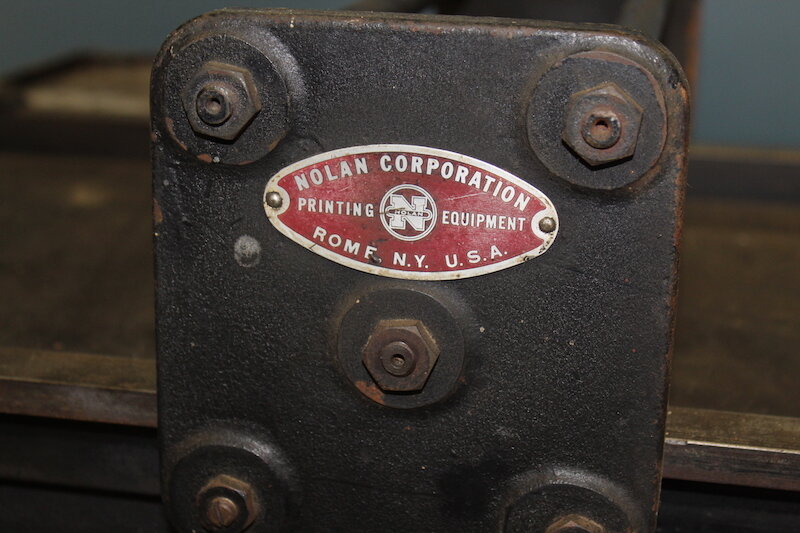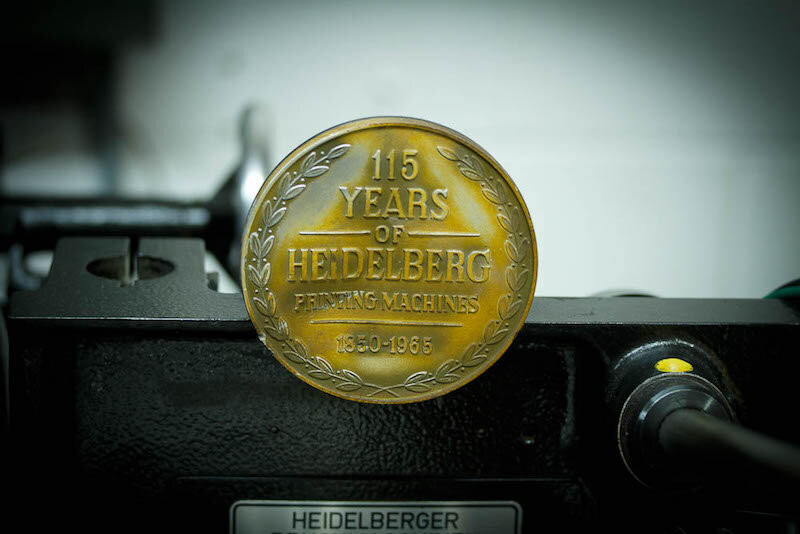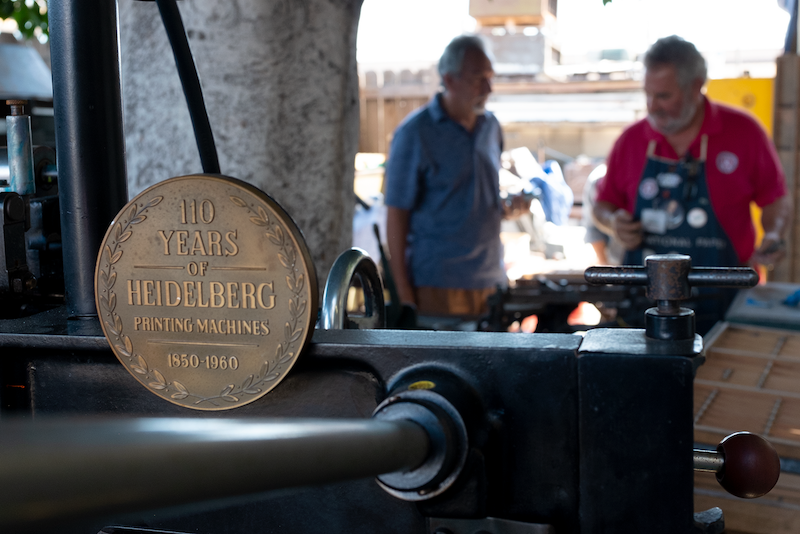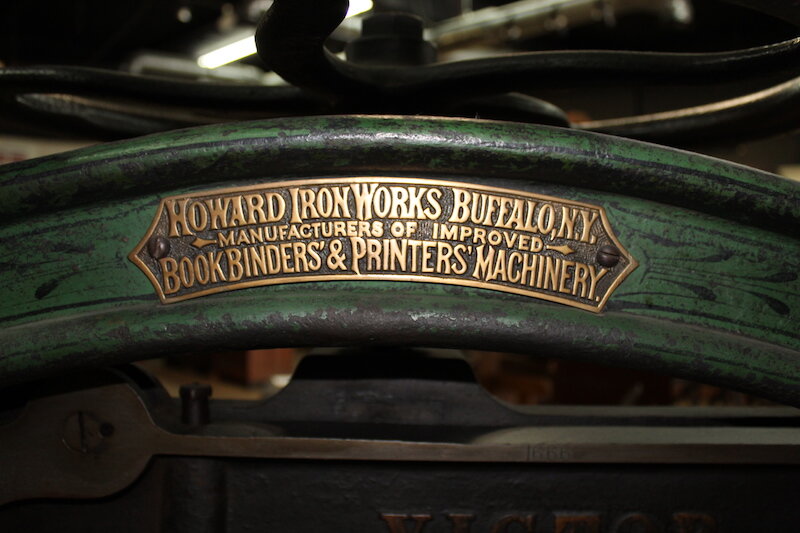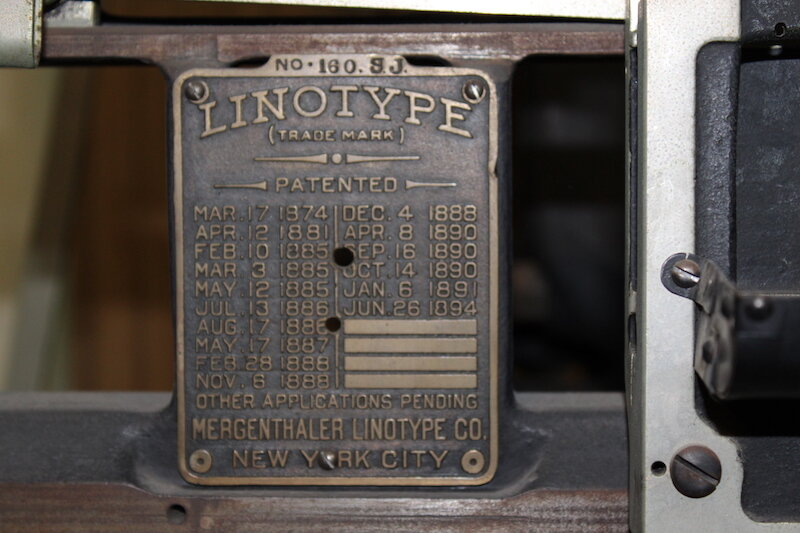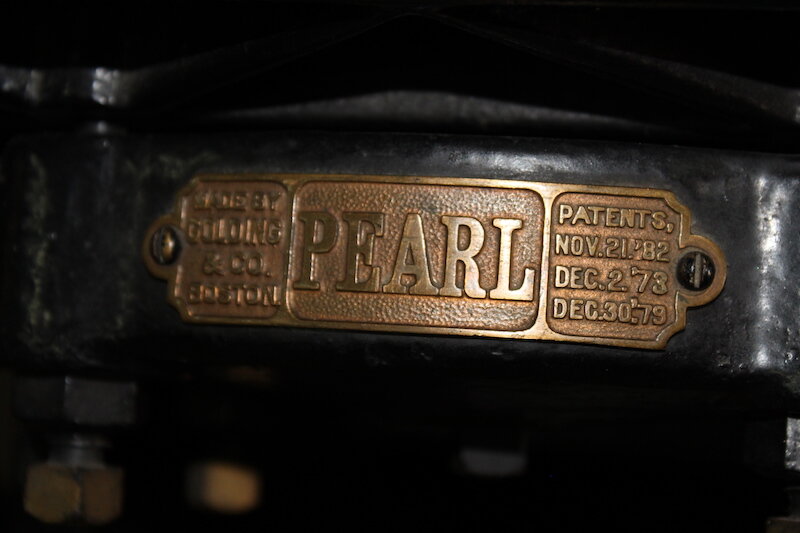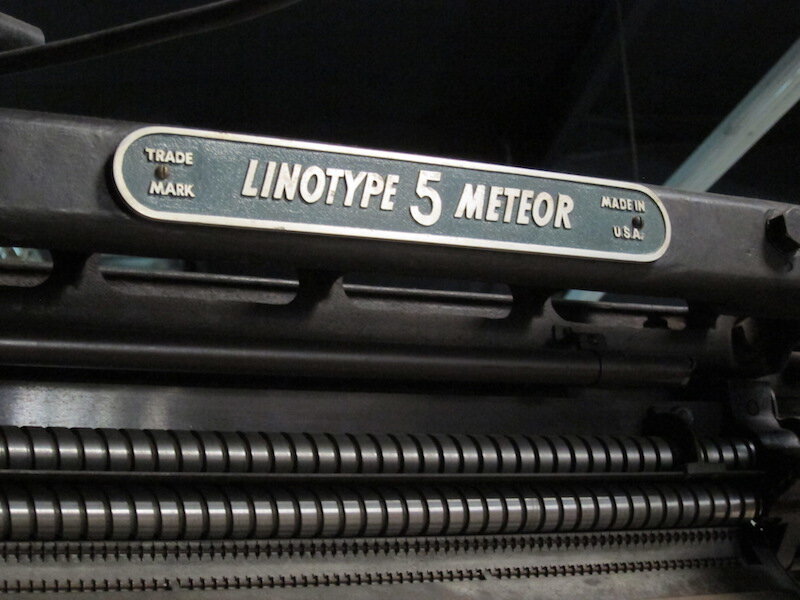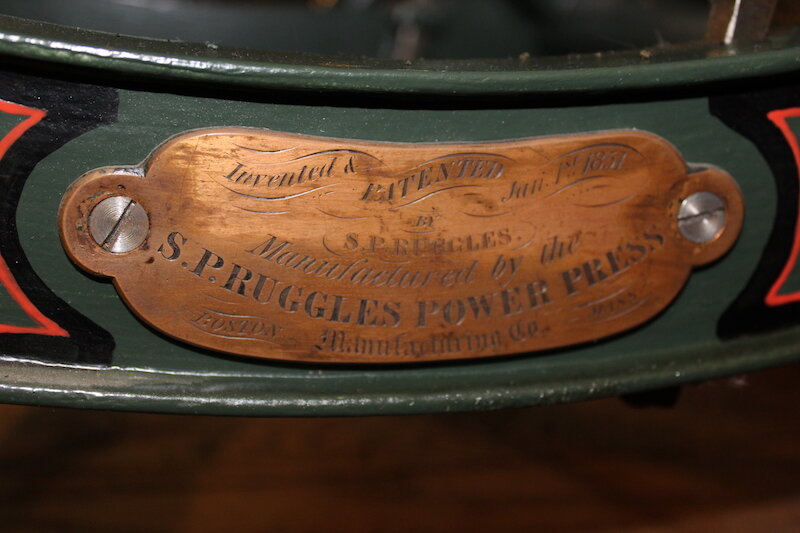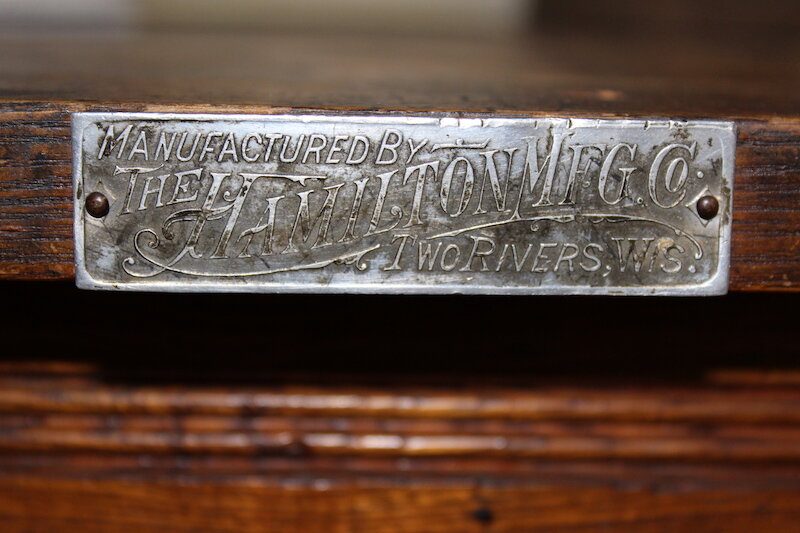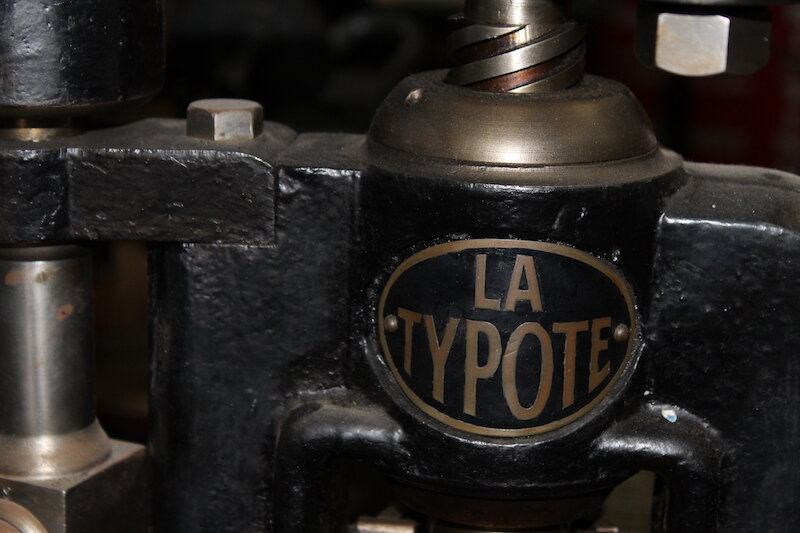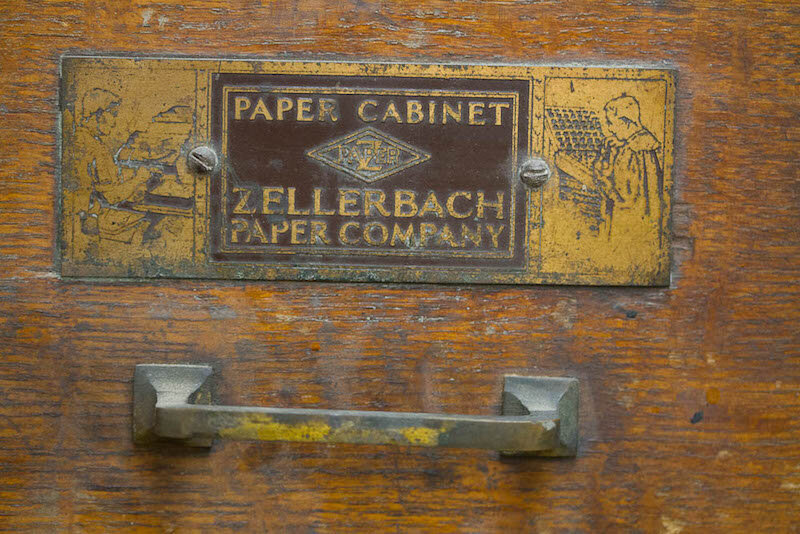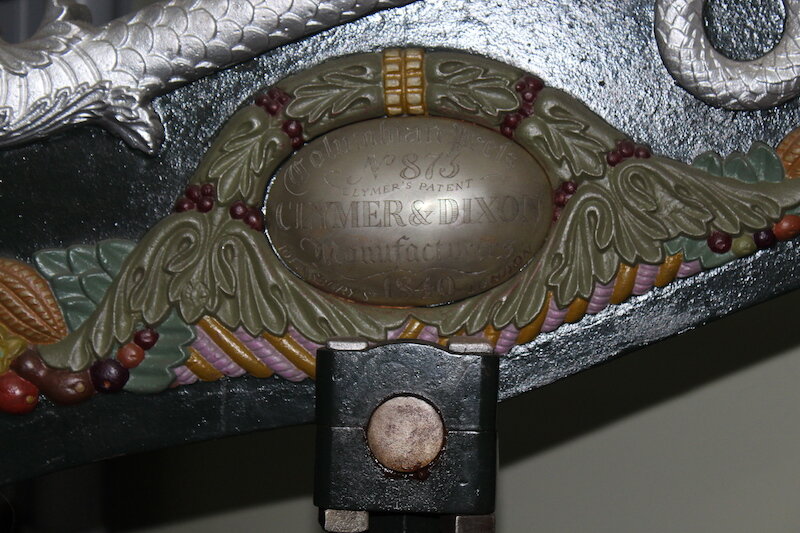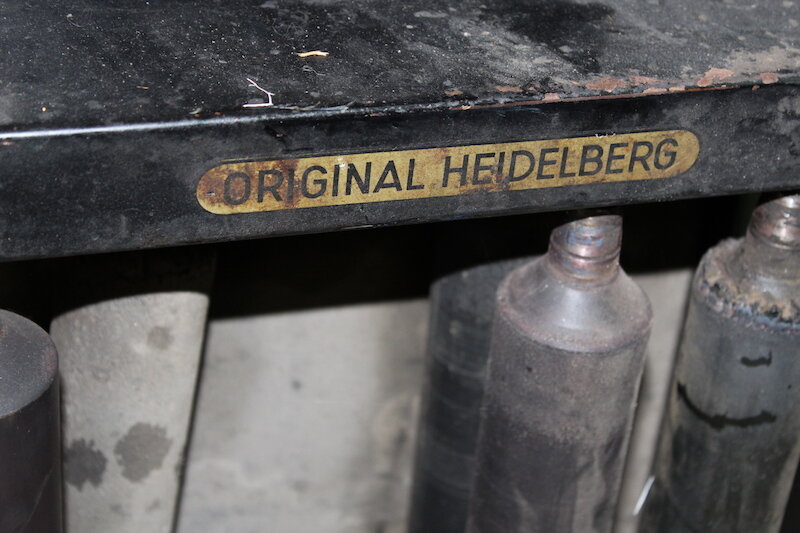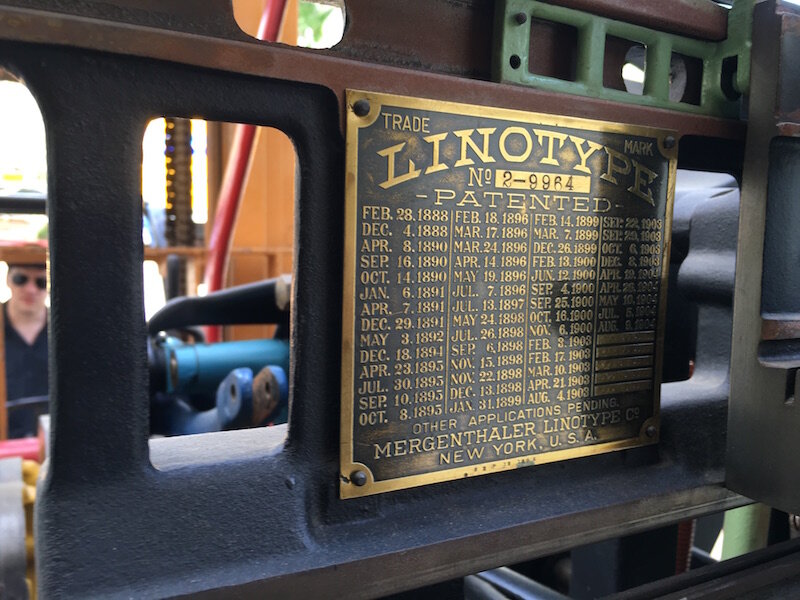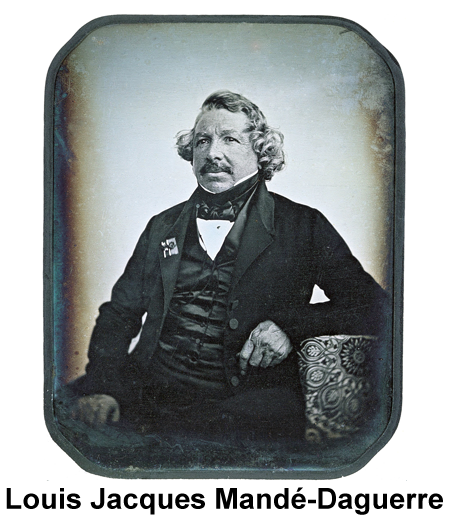You may be asking yourself, what does all this have to do with Saint Patrick? Well, the patron saint of Ireland was a Roman citizen of Britain. And, living in the 5th century A.D., he witnessed first hand the slow fall of the western half of the Roman Empire.
When the Empire fell, barbarian tribes such as the Visigoths, Angles, Saxons, Franks, and others took turns ravaging the Empire and Europe entered the Dark or Early Middle Ages.
Things were different in Ireland, though. Through his missionary work, Saint Patrick instilled a sense of literacy and learning in the people. This created the conditions that allowed Ireland to become “the isle of saints and scholars.” According to Thomas Cahill, author of How the Irish Saved Civilization, Patrick’s impact on Ireland was impressive.
“As the Roman Empire fell…unwashed barbarians descended on the Roman cities, looting artifacts and burning books, the Irish, who were just learning to read and write, took up the great labor of copying all of Western literature — everything they could lay their hands on,” writes Cahill.
As one of the most successful Christian missionaries in history, Saint Patrick established Ireland’s first monasteries. In these monasteries were pious and self-disciplined monks who made it their mission to copy all forms of literature, sacred and secular.
The most famous example of the monks’ rich legacy is the 1,200-year-old Book of Kells. This spectacularly illuminated manuscript of the Gospels can be found today in Dublin’s Trinity College. Its decorations and calligraphy have earned it the reputation as the world’s most beautiful book.
So, as the barbarians ravaged most of Europe, patient scribes in Ireland labored for centuries in their scriptoriums, small rooms devoted to the writing, copying and illuminating of manuscripts. These monks, inspired by Saint Patrick, and others who followed including Saint Columba, copied Greek, Roman and Jewish classics as well as Christian texts. They preserved the works of Homer, Virgil, Demosthenes, Cicero, Plato, and Aristotle. Without these monks, all would have been utterly lost to posterity.
If not for the work of these Irish monks, there would have been no Aesop’s Fables for Caxton to print. Sweynheim and Pannartz would have none of Cicero’s works to publish. And civilization, as we know it may not exist.
So the next time you lift a pint of green beer to your lips, take pause and thank Saint Patrick and the monks of Ireland for preserving Western culture by safeguarding the texts of the ancient world.



